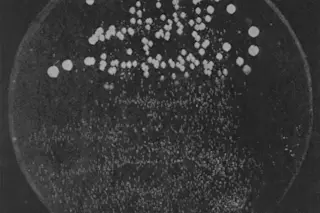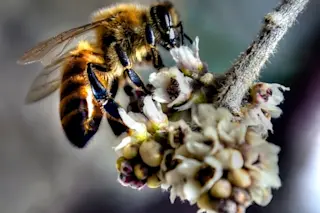The social interactions that come naturally to most people are difficult for people with autism and Asperger syndrome. Simple matters like making eye contact, reading expressions and working out what someone else is thinking can be big challenges, even for "high-functioning" and intelligent individuals. Now, a preliminary study of 13 people suggests that some of these social difficulties could be temporarily relieved by inhaling a hormone called oxytocin.
The participants, who either had Asperger or high-functioning autism, experienced stronger feelings of trust, showed stronger social interactions in a simulated game, and paid more attention to socially important cues like someone else's eyes. These results will need to be confirmed in larger studies in real-world situations, but for the moment, they're promising.
Oxytocin is involved a myriad of emotions and social behaviours including trust, social interactions, sexual arousal, the bond between mother and child (see SciCurious'sepicoxytocinseriesformore). It has been linked to ...













